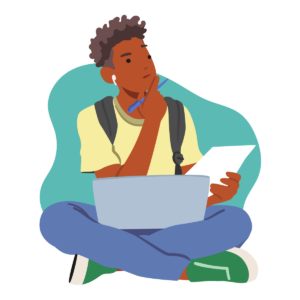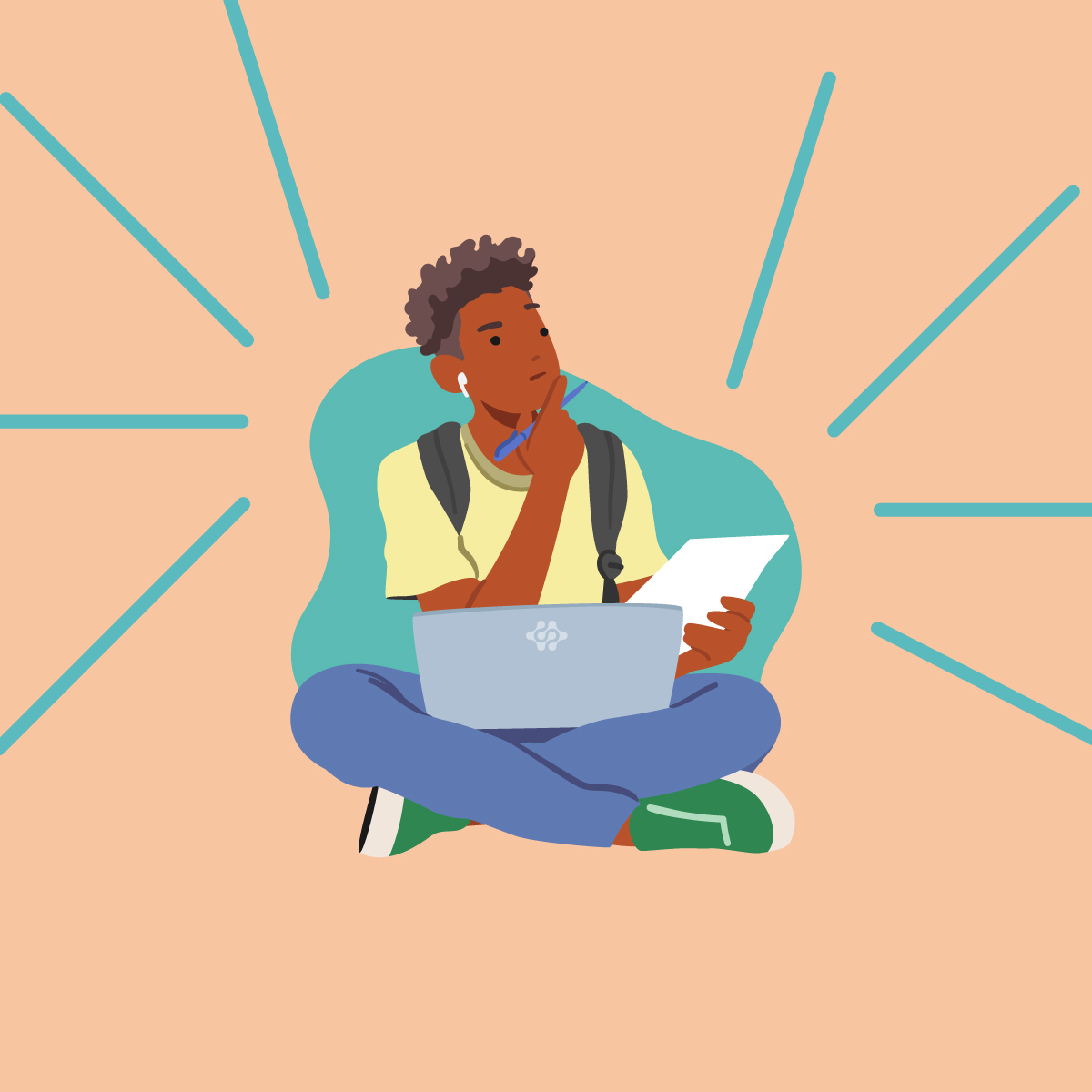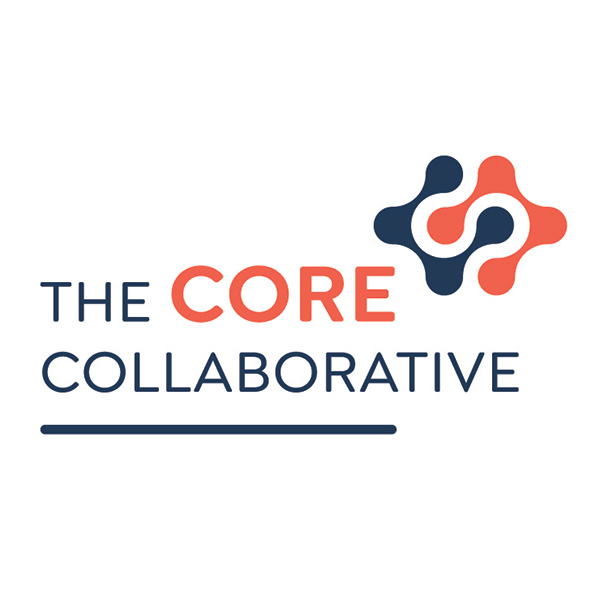Imagine if students approached learning like they do mastering TikTok dances—enthusiastic, persistent, and slightly obsessive. With the right strategies, we can make academic success just as trendy!
What Are Learning to Learn Strategies?
 Learning-to-learn strategies not only empower students to become independent, lifelong learners but also play a critical role in advancing educational equity. Learning-to-learn strategies are techniques and approaches that empower students to understand and manage their own learning processes effectively. These strategies include:
Learning-to-learn strategies not only empower students to become independent, lifelong learners but also play a critical role in advancing educational equity. Learning-to-learn strategies are techniques and approaches that empower students to understand and manage their own learning processes effectively. These strategies include:
- Metacognition
- Goal setting
- Time management
- Active learning
By equipping students with these strategies, Impact Teams-PLCs can level the playing field, enabling all students to overcome diverse challenges and reach their full potential. Learning-to-learn strategies foster independence, resilience, and critical thinking, essential for social, emotional, and academic success by narrowing opportunity gaps, thereby advancing educational equity.
Here are ten effective strategies to help close opportunity gaps and accelerate student learning.
1. Metacognition and Self-Reflection
Encouraging students to think about their own thinking processes helps them become more aware of their learning habits. By regularly reflecting on what works and what doesn’t, students can adjust their strategies to improve comprehension and retention.
2. Goal Setting and Planning
Teaching students to set realistic, achievable goals and create actionable plans to reach them fosters a sense of purpose and direction. This strategy promotes self-regulation and helps students stay focused, organized, and motivated.
3. Time Management Skills
Effective time management enables students to balance various tasks and responsibilities. Introducing tools like planners, timers, and prioritization techniques can help students make the most of their study time and reduce stress.
4. Active Learning Techniques
Engaging students actively with the material—through discussions, problem-solving, and hands-on activities—enhances understanding and retention. Techniques such as summarizing information, questioning, and teaching others can deepen learning.
5. Collaborative Learning
Promoting group work and peer learning can harness the power of diverse perspectives and skills. Collaborative learning helps students develop social and communication skills while benefiting from the collective knowledge of the group.
By equipping students with the tools and strategies they need to take control of their learning, educators can help bridge opportunity gaps and accelerate academic success for all learners.
6. Critical Thinking and Problem-Solving
Encouraging students to analyze, evaluate, and synthesize information equips them with the skills needed to tackle complex problems. Critical thinking activities, such as debates and case studies, prepare students for real-world challenges.
7. Utilizing Feedback
Teaching students to seek, interpret, and use feedback constructively helps them understand their strengths and areas for improvement. This continuous feedback loop supports ongoing growth and development.
8. Embracing Mistakes as Learning Opportunities
Creating a classroom culture where mistakes are viewed as part of the learning process encourages risk-taking and resilience. Students learn to see errors as valuable feedback, fostering a growth mindset.
9. Personalized Learning Paths
Recognizing that each student learns differently, personalized learning paths cater to individual needs and preferences. Using adaptive technologies and differentiated instruction can help address diverse learning styles and paces.
10. Mindfulness and Stress Management
Teaching mindfulness and stress management techniques helps students maintain focus and manage anxiety. Practices such as meditation, deep breathing exercises, and regular physical activity can enhance overall well-being and academic performance.
Advancing Learner Agency
Implementing these learning-to-learn strategies can create a more equitable and inclusive learning space. By equipping students with the tools and strategies they need to take control of their learning, educators can help bridge opportunity gaps and accelerate academic success for all learners.
Invest in these strategies today and witness the transformative impact on strengthening learner agency.
Feel free to share your thoughts and experiences with these strategies in the comments below. Let’s continue the conversation on advancing equity in education!



